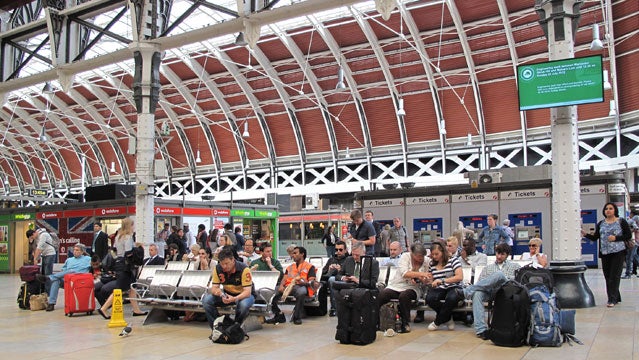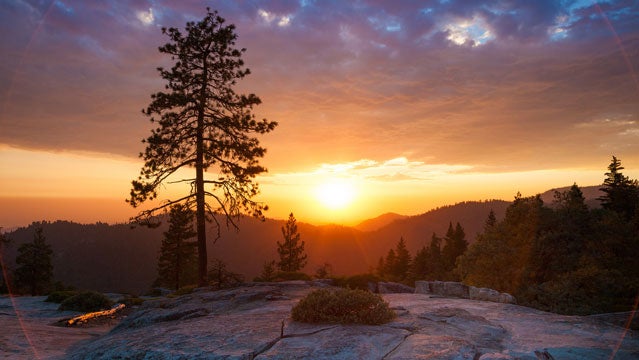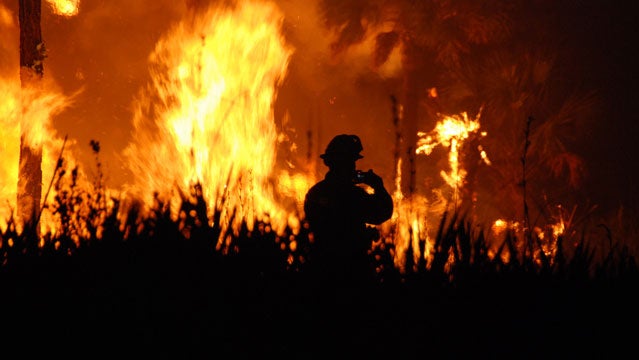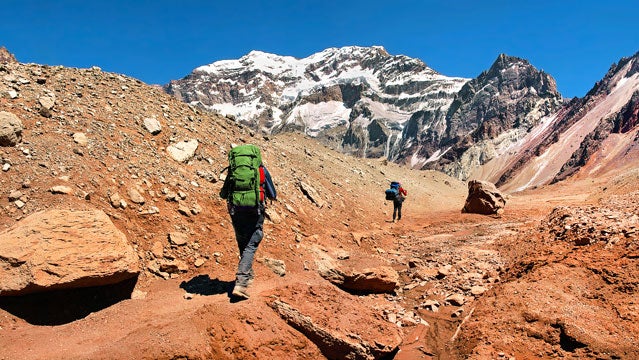How the Sequester Will Impact Your Summer Travel Plans
This summer, travelers will face a new nuisance: sequestration, a slew of Congressionally-mandated federal budget reductions. Agencies have until September 30th to make the cuts, which means we should start feeling them any second now. Here are five places ║┌┴¤│ď╣¤═° readers will feel the hurt this summerÔÇöand how you can work around it.
Summer Sequester Travel: Closed Campgrounds

The Impact: Hundreds of campgrounds could face closure or shortened seasons, including those run by the National Parks, the Bureau of Land Management, and the Forest Service.  
How to Manage: Concession-run campgrounds wonÔÇÖt be affected, so consider relying more heavily on those services. The better option: Rough it. Either with wilderness passes at National Parks or dispersed camping on Forest Service land.
Summer Sequester Travel: Airport Delays

The Cuts: Air travellers caught a break after April when congress swooped in to end furloughs for the Federal Aviation AdministrationÔÇÖs air-traffic controllers. The Transportation Security Administration and Customs and Border Protection werenÔÇÖt so lucky. Both agencies have, thus far, avoided furloughs. But cuts to overtime and hiring freezes could lead to longer security-screening lines and lines at borders (especially busy entry points like New York and Los Angeles).
The Fix: Frequent fliers should sign up for TSAÔÇÖs PreCheck program, which lets you avoid lines. ThereÔÇÖs also a ÔÇťMy TSAÔÇŁ mobile phone app available that shows wait times posted by people in line. Frequent international travelers might also want to consider signing up for a NEXUS or Global Entry pass, which allows pre-screened travelers expedited processing at borders (note that applications can take months to process, so sign-up early).
Summer Sequester Travel: Shorter Park Seasons

The Cuts: None of the National Park ServiceÔÇÖs 401 parks will be shuttered this summerÔÇöbut many parks are still expecting reduced summer hours and shortened seasons. In addition, access to certain areas of parks may be restricted and permits may be difficult to obtain.
The Fix: Plan ahead, check park websites, donÔÇÖt assume access will be as easy as it was in previous years. If your favorite park is closed, donÔÇÖt fret. Look for dispersed camping possibilities at nearby BLM or Forest Service landsÔÇötheyÔÇÖre almost as beautiful and lack the big crowds.
Summer Sequester Travel: Fire!

The Cuts: The Forest Service will have 500 fewer firefighters and 50 fewer fire engines this year. The agency is also cutting back on thinning and prescribed burning in certain areas, which may increase the risk of wildfire outbreaks.
The Fix: The West is in the middle of a multi-year drought thatÔÇÖs contributed to record-setting fires. The National Fire Protection Association predicts . To avoid it, stick to parks on the coastsÔÇölike Everglades, Acadia, Isle Royale, and OlympicÔÇöand visit public lands in the midwest and northeast, which are listed as having ÔÇťvery lowÔÇŁ fire danger this summer.
Summer Sequester Travel: Fewer Rangers

The Cuts: The National Parks will have approximately 1,000 fewer summer employees, which means visitors can expect closed information centers, less park maintenance, longer lines at park entrances, cut or limited numbers of park tours (i.e. Grand Canyon), and fewer park rangers and ranger-led programs. The Bureau of Land Management is closing or scaling back operations at hundreds of recreational sites, including campgrounds, boat launches, visitor centers and hiking trails. The Forest Service expects reduced services for hikers and campers, as well.
The Fix: Do your research ahead of time. The and websites and have all the information you could find at the visitorÔÇÖs center. And be prepared to DIY everythingÔÇöthat means packing out your trash, and bringing your own maps and food.


